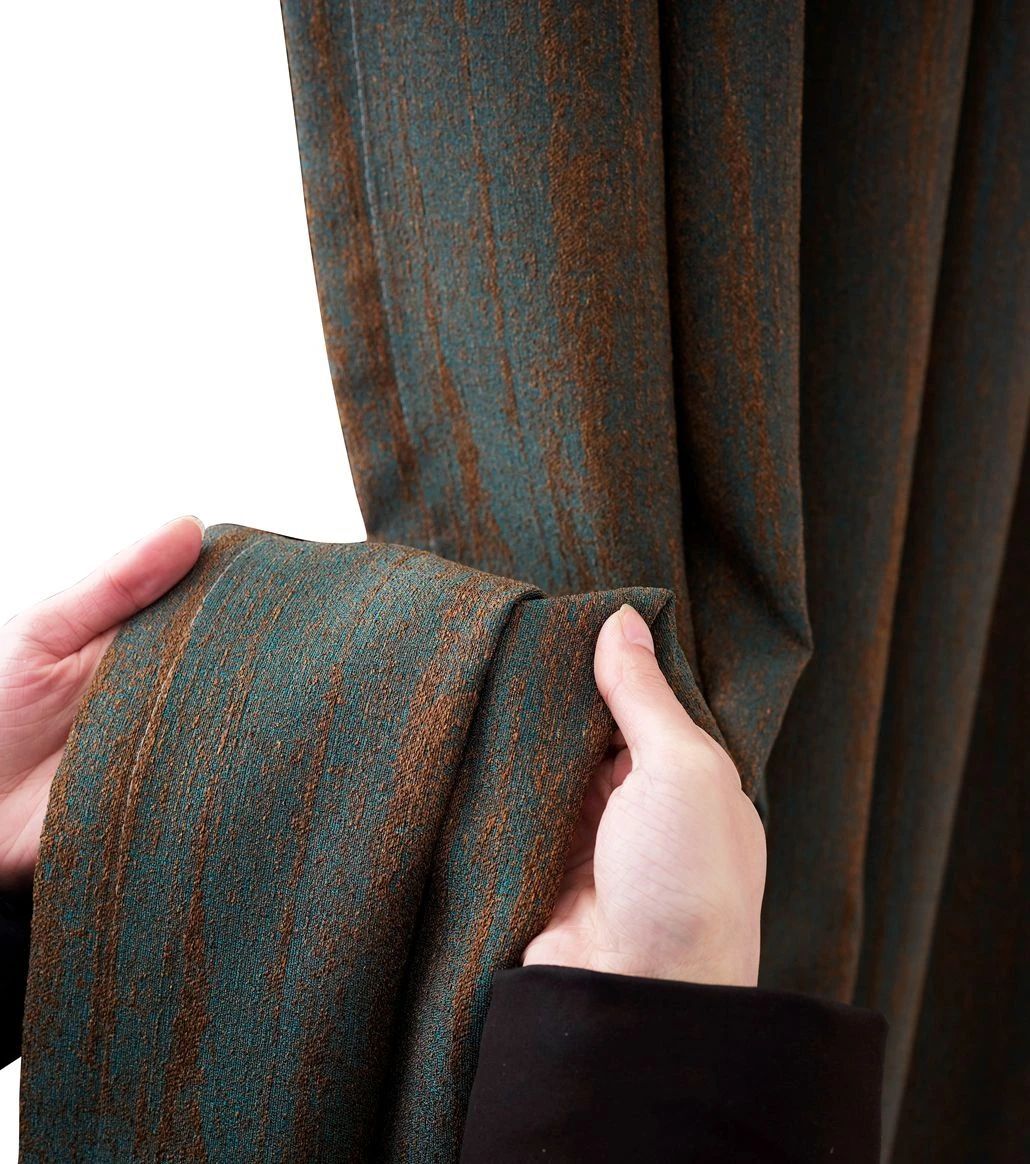What type of fabric is best for curtains?
The "best" fabric depends on your needs:
Luxury: Silk or velvet for opulence (high maintenance).
Durability: Polyester or linen blends for high-traffic areas.
Light control: Blackout polyester or triple-weave cotton.
Eco-friendly: Organic cotton or hemp.
What kind of cloth is used for curtains?
Common curtain fabrics include:
|
Fabric |
Best For |
|
Linen |
Breathability, casual elegance |
|
Polyester |
Budget-friendly, wrinkle-resistant |
|
Cotton |
Natural look, moderate light filtering |
|
Velvet |
Insulation, sound absorption |
|
Sheer Voile |
Soft light diffusion |
What is the best weight fabric for curtains?
Lightweight (voile, linen): Airy, casual spaces.
Medium-weight (cotton, polyester): Versatile for most rooms.
Heavyweight (velvet, brocade): Formal rooms, noise reduction.
Tip: Pair heavy fabrics with sturdy rods to prevent sagging.
Is 100% cotton good for curtains?
Yes, but with caveats:
Pros: Eco-friendly, breathable, softens over time.
Cons: Prone to wrinkling, fades in direct sunlight, limited insulation.
Solution: Choose blended cotton-polyester for easier maintenance.
What can I use for curtain weights?
DIY weights: Sew fishing weights or metal beads into the hem.
Commercial solutions: Magnetic weights or weighted hem tape.
Natural hacks: Sand-filled fabric tubes (for lightweight curtains).
What are the disadvantages of cotton curtains?
Wrinkles: Requires frequent steaming.
Fading: UV exposure weakens fibers.
Shrinkage: May shrink if improperly washed.
Dust retention: Attracts more dust than synthetics.
Key Take aways
Balance Form & Function: Prioritize room usage (e.g., velvet for theaters, linen for kitchens).
Blend Wisely: Cotton-polyester blends offer the best of both worlds.
Weight Matters: Stabilize lightweight fabrics for a polished drape.





